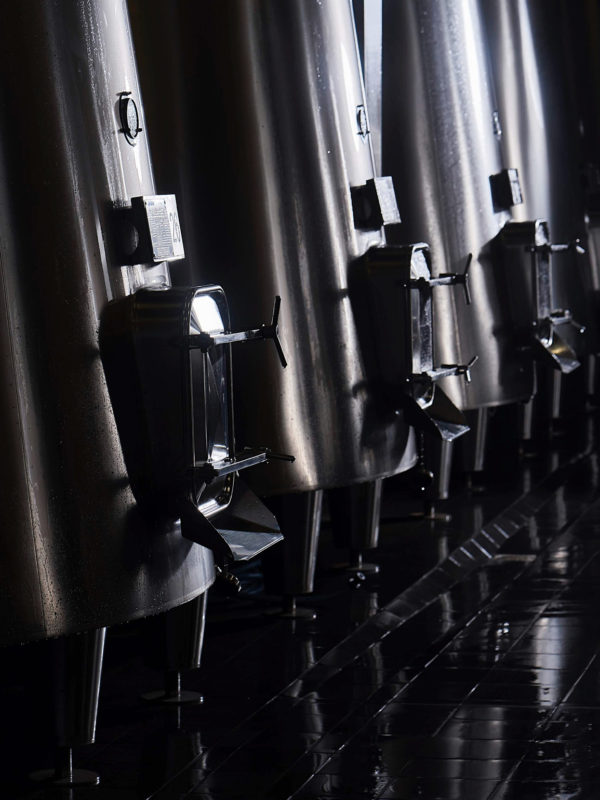



Discover
1719
The history of Vignobles de Larose, like many other important properties in the Medoc, is complex and tumultuous, with stories of inheritance, transfers and acquisition. But who was the first to plant vines here? For us, it all began in 1719.
The development of the Médoc vineyards
With the growing success and massive exportation of French claret, the nobility and the bourgeoisie of Bordeaux saw in the scrubland and gravelly riverbanks of the Médoc an opportunity to expand the vineyards of Bordeaux.
The New French Clarets of the Médoc
More refined, darker in colour, and carrying the name of their terroir, they were precursors of the crus and revolutionised people’s idea of wine. They were at the origin of a veritable planting fever in the region.
Jean-Pierre de Pontet acquires the Perganson lands
The King’s advisor, Jean-Pierre de Pontet, already owner of the Domaines de Langoa, and pioneer of the new French clarets, saw the potential of the special terroir at Perganson and purchased it at auction. It was the birth of our estates. He continued adding to his holding by buying plots around Pauillac for almost 30 years. He also founded Pontet-Canet in 1757.
First listing of the fine wine, Perganson “Pontet-Perganson”
by the wine brokerage firm Lawton. It was regularly valued at the level of the future classified fifth crus.
19th Century
The 19th century was a period of incredible expansion across the whole of the Medoc. Winemaking expertise developed, the notion of terroir was better understood, and the emphasis was no longer on quantity, but on the excellence of the wines. For the vineyards of Perganson and Trintaudon, it was a period of great growth, construction and recognition. They were awarded gold and silver medals at the Bordeaux International Wine Exhibition of 1882 and the World Expo in Paris in 1889. The “Grand Wine of Larose” is recorded as being much appreciated at the Fair of Amsterdam in 1884.
Henry Delaroze inherits the Domaine 
This relative of the widow Pontet Perganson was also mayor of Saint-Laurent du Médoc at this time.
Henry Delaroze creates the Larose vineyard on the Trintaudon estate
The wines from a new vineyard of 15.95 hectares, planted on previously uncultivated land, were sold separately under the name “Larose-Trintaudon”, and Perganson became “Larose-Perganson”. He also inherited a half share in Domaine de Gruaud-Larose.
Count Ernest de Lahens inherits the estate
This aristocrat with great ambitions extended the estate to 345 hectares in 1872 and placed Trintaudon at the centre of the property. His wines “Lahens-Perganson” and “Larose Trintaudon”, rapidly rose into the category of the fifth crus, without actually being classified. The classification was never reviewed. In 1868 Larose-Trintaudon was noted as a cru bourgeois in the Féret guide, then in 1874 as a Cru Bourgeois supérieur, which it was to remain ever after.
Lahens commissions the construction of Château Trintaudon
With its distinctive tower, the chateau dominates the landscape like a lighthouse in a sea of vines. This was a golden age of prosperity for Trintaudon and all of the Médoc, still unaware of the impending threat of the phylloxera epidemic and mildew.
Early 20th century
Ravaged by vine diseases and devastated by two world wars, numerous properties in the Medoc went into decline, or disappeared altogether. For our vineyards, this time of crisis saw the demise of Château Perganson, and almost all of the vines were abandoned…
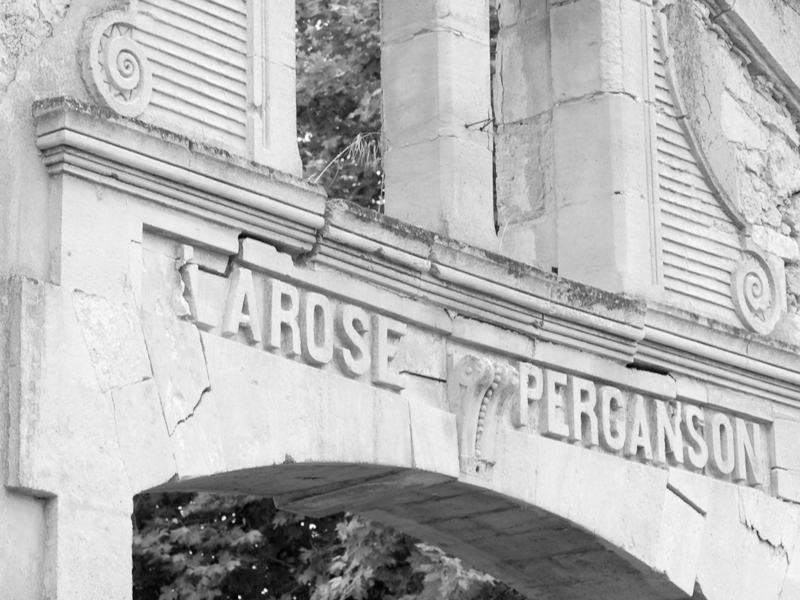
Phylloxera and mildew devastate the vines
For 20 years, the ravages of phylloxera and mildew in the vineyards had damaged the reputation of the wines of the Médoc. Good vintages of the beginning of the century, possible thanks to the combat being waged against disease, sadly found few buyers. Fixed prices developed and financial hardship ensued.
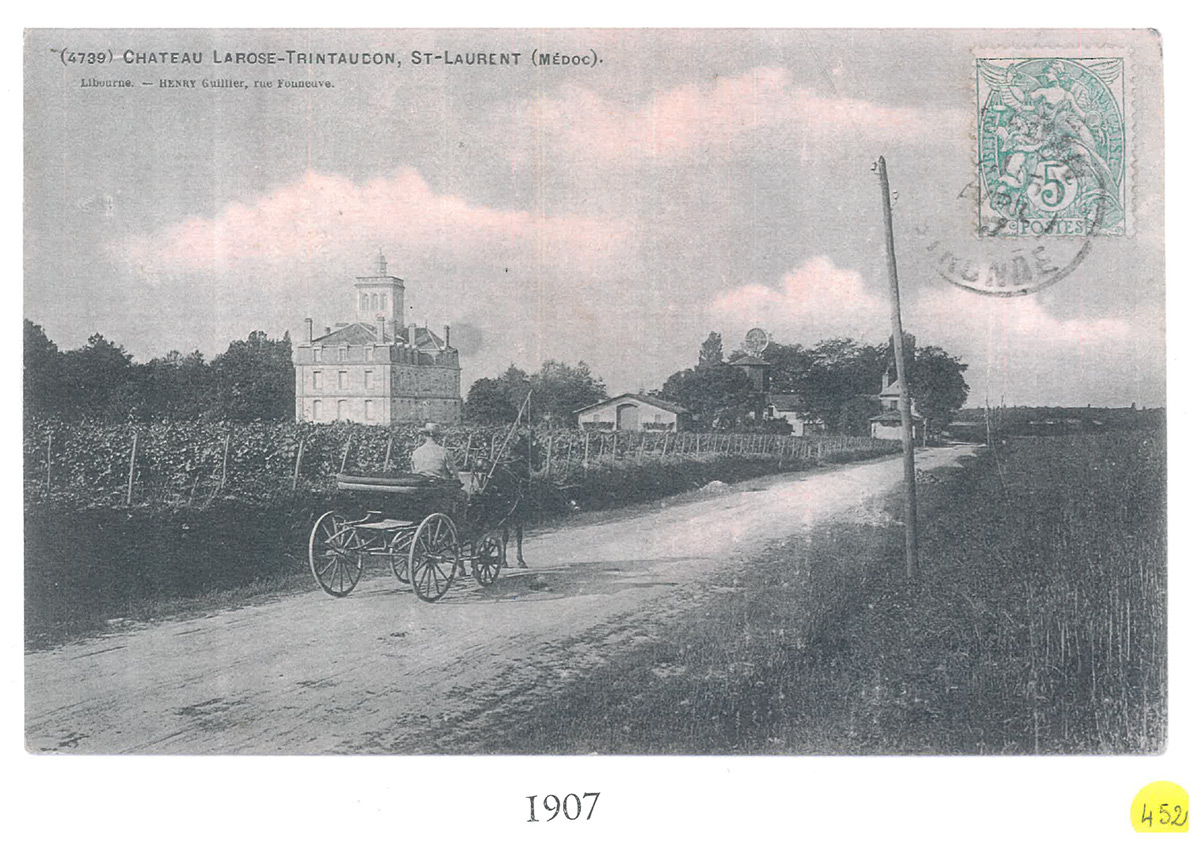
Loss of the quasi-totality of the harvests
Numerous chateaux in difficulties were sold off, and the price of land plummeted. Domaine de Larose was no exception. Its surface was reduced, and it was to fated to pass from owner to owner until 1963.
Count Tchernoff, a white Russian migrant, administers the final blow
This extravagant gentleman farmer, married to a rich American, who led an expensive lifestyle and, it is said, drove a Rolls Royce, had most of the vines pulled up to set up a modern industrial dairy farm. Château Larose Perganson was restructured and an ultra-modern dairy, with steel vats and all the latest equipment was created. However, the agricultural engineer hired to head up the enterprise seemed unaware that only robust vine roots were capable of penetrating this austere soil. The grass failed to grow, the cows produced no milk, and the business went bankrupt. The estate was sold, by order of the court, to the highest bidder.
Government grants are offered for pulling up vines
The estate, then in the hands of a Spanish owner, Jaime de Artega Falguerra, was in a state of abandon. Château Perganson was progressively stripped bare, of its vines, its decorations, and finally its stones. In 1945, all that remained were a few ruins.
1963•2000
The Forner family, important property owners and wine connoisseurs, recognized the potential of the estate and set out to rehabilitate it. Trintaudon and Perganson wines were once more in production and winning hearts. The estate became one of the largest in the Medoc, attracting the attention of a leading financial services group looking to invest in sustainable real estate.
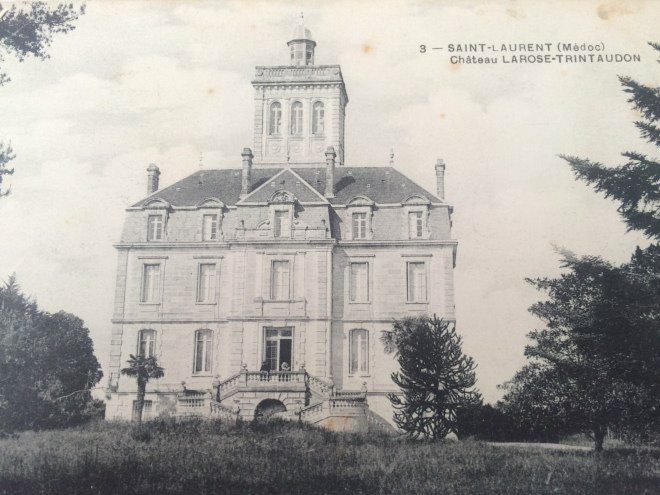
Domaine Larose-Trintaudon, in a state of semi-abandon, is purchased by the Forner family,
Of Larose-Perganson there remained little but its terroir and its history. But the new owners, who also owned Château Camensac and the famous Spanish cru of Marques de Caceres, had the firm intention of completely restoring the vineyard. Advised by the eminent wine and vineyard specialist, Professor Émile Peynaud, they planted 175 hectares of the noblest grape varieties. After lengthy renovation of the vineyard, the cellar equipment and the chateau, production recommenced and the estate was restored to its former glory.
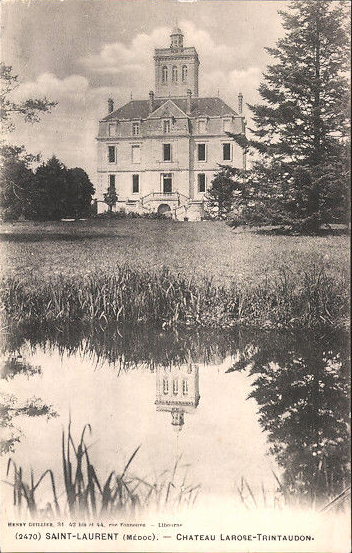
The Allianz Group (formerly AGF) acquire the estate
The estate was then one of the most important in the Médoc both in terms of size and production (averaging over a million bottles per year). With the help of the expert advice of the best specialists in the field, a long-term strategic management plan was defined and put into action thanks to the dedicated work of a tight-knit and highly skilled team.
2000•2020
One of the shared ambitions of the Allianz group and the teams at Vignobles de Larose is to develop and maintain the long-term value of the vineyards, by perpetuating the miracle that made them famous. To do so they have to face up to an enormous challenge – that of reconciling respect for the environment, commitment to human well-being, and economic prosperity. This has been at the core of the company’s development for twenty years, and it is now held up as a shining example. In this period, two new chateaux joined the family: Château Arnauld and Château Tour de Pez.
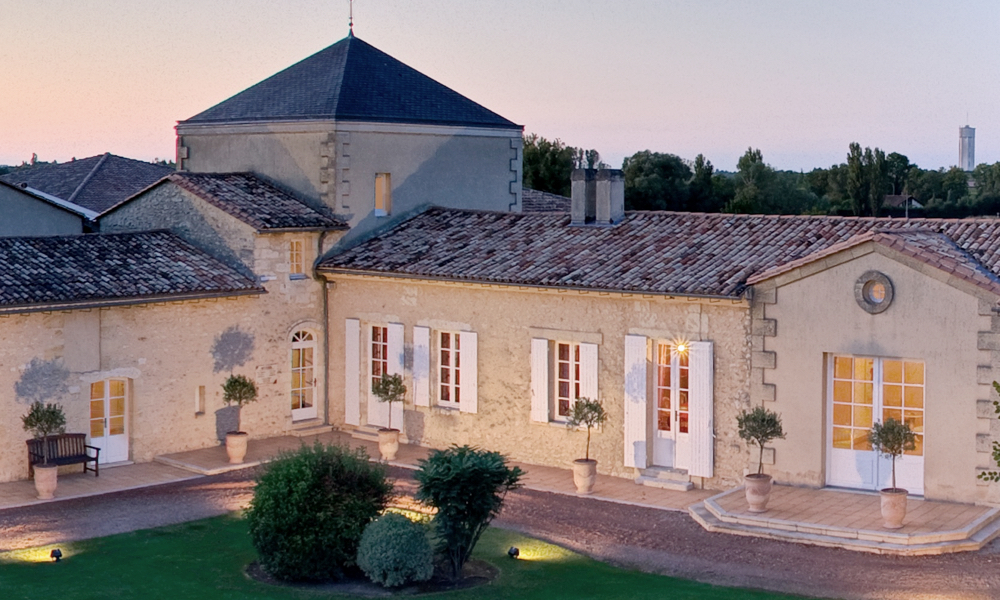
ISO 9001 certification
in recognition of quality management practices in the company since 1999.

14001 certification
Vignobles de Larose are one of the pioneers in France in environmental management.

AFNOR Reasoned Agriculture certification.
This accreditation that covers environmental management in agriculture, has now integrated the High Environmental Value (HVE) label.

Acquisition of Château Arnauld
This Cru Bourgeois Haut-Médoc, is situated at Arcins on the route des Châteaux and covers 76 hectares, 40 of which are under vine. It produces around 250,000 bottles a year. Its complete restructuration, based on the terroir, was limited to a selection of 17.8 hectares of the best parcels.
Partnership with the French Union of Beekeepers in the “Bees – Guardians of the Environment” programme. Beehives were installed in the park at Château Larose-Trintaudon to encourage biodiversity.

Social and Environmental certification - AFAQ 26000.
More wide reaching than the 14001 certification, AFAQ 26000 was awarded in recognition of global social and environmental responsibility. The company is accredited at Advanced level.
Creation of the Responsible Vineyards Charter.
Vignobles de Larose, in partnership with AFNOR, established a sector-specific best practice database for viticulture and winemaking, and invited other professionals to join them.
AFAQ 26000 certification at Exemplary level.
Vignobles de Larose became the first European agricultural company to attain Exemplary Level.

Terra Vitis certification
in recognition of good environmental practices in the vines, including the definitive and complete elimination of the use of herbicides.

Acquisition of Château Tour de Pez, Cru Bourgeois Saint Estèphe, confirming the standing of Vignobles de Larose amongst the best Cru Bourgeois of the Médoc.
